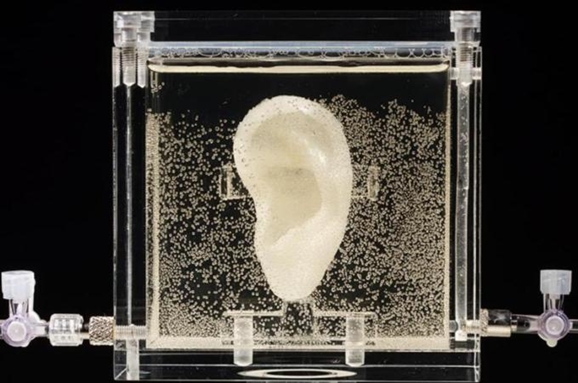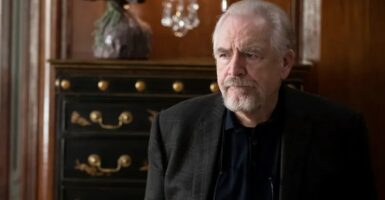Museum Regrows Van Gogh’s Ear
This article is more than 2 years old
 Most people have heard the story about Vincent van Gogh severing his ear. The tale has grown into a sort of morbid legend — some versions have him sending it to an unrequited love. According to other stories, he had a psychotic episode, or perhaps Meniere’s Disease, an inner ear disorder. A few years ago, a couple of German historians said fellow artist and friend Paul Gauguin cut off van Gogh’s ear with a sword during a fight. Then, apparently, he brought the ear to a prostitute, who was understandably not thrilled — she didn’t accept severed ears as payment. The new theory is that van Gogh took the blame because he didn’t want to get his “friend” in trouble because he was obsessed with him, and that the two took a pact of silence, even though Gauguin skipped town the next day. Regardless of which version of events one believes, it’s hard to deny that van Gogh’s ear lives on in infamy. And now, thanks to science, I mean that literally.
Most people have heard the story about Vincent van Gogh severing his ear. The tale has grown into a sort of morbid legend — some versions have him sending it to an unrequited love. According to other stories, he had a psychotic episode, or perhaps Meniere’s Disease, an inner ear disorder. A few years ago, a couple of German historians said fellow artist and friend Paul Gauguin cut off van Gogh’s ear with a sword during a fight. Then, apparently, he brought the ear to a prostitute, who was understandably not thrilled — she didn’t accept severed ears as payment. The new theory is that van Gogh took the blame because he didn’t want to get his “friend” in trouble because he was obsessed with him, and that the two took a pact of silence, even though Gauguin skipped town the next day. Regardless of which version of events one believes, it’s hard to deny that van Gogh’s ear lives on in infamy. And now, thanks to science, I mean that literally.
Haven’t we been saying all along that 3D printing can do anything? Vincent’s brother’s great-great-grandson, Lieuwe van Gogh, provided the Centre for Art and Media in Karlsruhe in Germany with some living cartilage cells from the artist’s ear. Lieuwe and Vincent have some genes in common — about 1/16th of them — and, true to form, Lieuwe was enthusiastic about the project. Then the cells were 3D-printed into the shape of an ear. The ear is now technically alive, living in a solution of nutrients that could keep it alive for years, constituting one of the strangest art projects of all time.
Artist Diemut Strebe, who specializes in installations of living biological material, wanted to marry art and science: “I use science basically like a type of brush, like Vincent used paint.” She teamed up with scientists from Harvard and MIT — the same folks who grew a human ear on a mouse — to create the exhibit she’s named “Sugababe” because of its color, the granular structure of the polymer they used to create the ear, and the “contemporary variation of Theseus’s paradox.” Theseus, which for me calls to mind the leader of Liber8, the terrorist organization that comprises some of the main villainy on Continuum, hails from the ancient “Ship of Theseus” question: if a ship’s parts were to be replaced, would it be the same ship? Strebe is attempting to manifest the same question with the ear. Leave it to an artist to get all deep like that.
She has future plans to use mitochondrial DNA from a female relative of Van Gogh’s for future projects. She also plans to take the ear on tour next year to New York.











